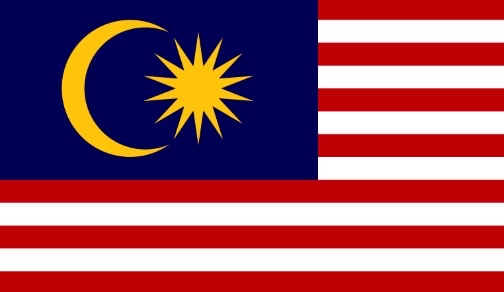Assessing the relationship between environmental factors and malaria vector breeding sites in Swaziland using multi-scale remotely sensed data

Published: 3 June 2015
Abstract Views: 3845
PDF: 1538
HTML: 1738
HTML: 1738
Publisher's note
All claims expressed in this article are solely those of the authors and do not necessarily represent those of their affiliated organizations, or those of the publisher, the editors and the reviewers. Any product that may be evaluated in this article or claim that may be made by its manufacturer is not guaranteed or endorsed by the publisher.
All claims expressed in this article are solely those of the authors and do not necessarily represent those of their affiliated organizations, or those of the publisher, the editors and the reviewers. Any product that may be evaluated in this article or claim that may be made by its manufacturer is not guaranteed or endorsed by the publisher.
Similar Articles
- Richard Kiang, Farida Adimi, Valerii Soika, Joseph Nigro, Pratap Singhasivanon, Jeeraphat Sirichaisinthop, Somjai Leemingsawat, Chamnarn Apiwathnasorn, Sornchai Looareesuwan, Meteorological, environmental remote sensing and neural network analysis of the epidemiology of malaria transmission in Thailand , Geospatial Health: Vol. 1 No. 1 (2006)
- Márius V. Fuentes, Remote sensing and climate data as a key for understanding fasciolosis transmission in the Andes: review and update of an ongoing interdisciplinary project , Geospatial Health: Vol. 1 No. 1 (2006)
- Uriel Kitron, Julie A. Clennon, M. Carla Cecere, Ricardo E. Gürtler, Charles H. King, Gonzalo Vazquez-Prokopec, Upscale or downscale: applications of fine scale remotely sensed data to Chagas disease in Argentina and schistosomiasis in Kenya , Geospatial Health: Vol. 1 No. 1 (2006)
- Laura Rinaldi, Vincenzo Musella, Annibale Biggeri, Giuseppe Cringoli, New insights into the application of geographical information systems and remote sensing in veterinary parasitology , Geospatial Health: Vol. 1 No. 1 (2006)
- Erika Rossi, Laura Rinaldi, Vincenzo Musella, Vincenzo Veneziano, Sabrina Carbone, Luigi Gradoni, Giuseppe Cringoli, Michele Maroli, Mapping the main Leishmania phlebotomine vector in the endemic focus of the Mt. Vesuvius in southern Italy , Geospatial Health: Vol. 1 No. 2 (2007)
- Agustin Estrada-Peña, Zati Vatansever, Aysen Gargili, Turan Buzgan, An early warning system for Crimean-Congo haemorrhagic fever seasonality in Turkey based on remote sensing technology , Geospatial Health: Vol. 2 No. 1 (2007)
- Lawrence N. Kazembe, Christopher C. Appleton, Immo Kleinschmidt, Spatial analysis of the relationship between early childhood mortality and malaria endemicity in Malawi , Geospatial Health: Vol. 2 No. 1 (2007)
- Vincent Martin, Lorenzo De Simone, Juan Lubroth, Pietro Ceccato, Véronique Chevalier, Perspectives on using remotely-sensed imagery in predictive veterinary epidemiology and global early warning systems , Geospatial Health: Vol. 2 No. 1 (2007)
- Olivier J.T. Briët, Penelope Vounatsou, Priyanie H. Amerasinghe, Malaria seasonality and rainfall seasonality in Sri Lanka are correlated in space , Geospatial Health: Vol. 2 No. 2 (2008)
- Yves M. Tourre, Jean-Pierre Lacaux, Cecile Vignolles, Jacques-André Ndione, Murielle Lafaye, Mapping of zones potentially occupied by Aedes vexans and Culex poicilipes mosquitoes, the main vectors of Rift Valley fever in Senegal , Geospatial Health: Vol. 3 No. 1 (2008)
You may also start an advanced similarity search for this article.











